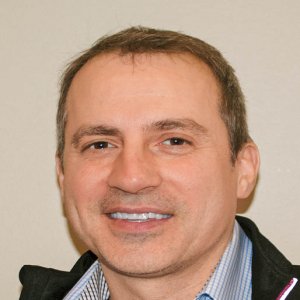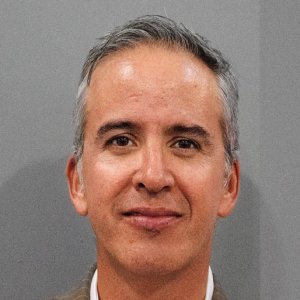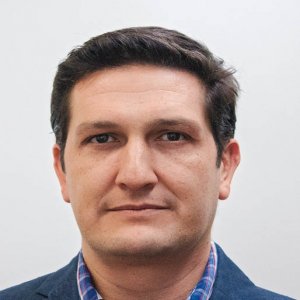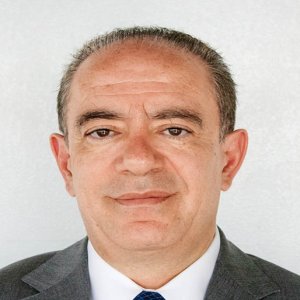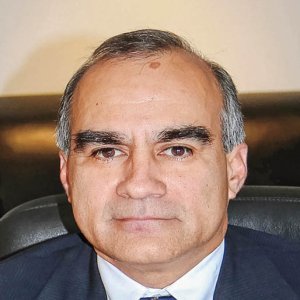Junior Explorer Banking on Base Metals

STORY INLINE POST
For a junior explorer, the quality of the asset is everything. With no revenue stream to fall back on, these companies have to make sure their project has all the ingredients to sell itself to external investors. Strong geology is a prerequisite but for a project to attract sufficient financing it needs to be in a safe, reputable jurisdiction. For Consolidated Zinc, a young base-metal focused outfit from Australia, the Plomosas project in Chihuahua ticked all the boxes.
“We were looking for a new asset to take on board and after talking to a number of corporate finance institutions, we were alerted to the Plomosas project,” says Will Dix, the company’s Managing Director. “I jumped on a plane to Mexico and the first time I went underground I was blown away by the mineralization. When I found out that the property had never been drilled, I was convinced of the potential scalability of the project.”
Dix immediately returned to Australia and completed a deal for 51 percent ownership of Plomosas in April 2015. In December 2016 the company completed a Stage 1 mineral resource, which came in at just under 600,000 tons of 17 percent combined zinc/lead. The company had dozens of projects on the table for consideration, but the sheer quality of the deposit at Plomosas proved the decisive factor for Dix. “It is one of the highest-grade base metal projects I have ever seen,” he says. “We have opened up more areas of the mine and uncovered further mineralization, so there is no doubt the resource will grow. Eventually we hope to reach 2 million tons.”
Despite the strong geology, one potential sticking point for the deal was Consolidated Zinc’s lack of experience working in Mexico. The country has well-documented issues with security in particular but Dix believes the concerns are exaggerated by external media sources and hearsay. He describes the jurisdiction as “tremendously safe and transparent” and Chihuahua itself as a “thriving, modern city.”
The company’s entry into Mexico was also helped by some insider experience. The remaining 49 percent of the Plomosas project is owned by a family in Chihuahua, which has been associated with the project since the early 1970s.
It has an inside-out knowledge of the local regulations, tax environment and supply chain, something that proved vital during the early days in particular. “Land access is always a challenging aspect of working in Mexico, but the family has been so helpful,” says Dix. “When a company enters a country cold, without knowing anyone, there is always a minimum two-year learning curve. The family are a huge asset to us and the project, helping us to improve our connectivity to suppliers.”
Another asset for the company, as it is for every junior, is the turnaround in commodity prices. A high-grade deposit like Plomosas has the benefit of operational flexibility – it can be profitable even if the commodity price falls off. But when zinc outperformed all other metals on the London Metal Exchange in 2016, the project became all the more viable. According to Dix, this perfect timing was not down to luck.
“When we were looking for projects, we liked the base metal space,” he says. “I looked at some of the large Australian zinc projects, and saw that they were getting old and tired and would soon close. I felt that this would trigger a strong zinc run.”
He was right. Helped by a series of mine closures in Australia, Ireland and Peru, zinc rose 60 percent during the year to US$2,550/t from US$1,548/t. Buoyed by the lofty prices, Consolidated Zinc decided to commission a scoping study in February 2017 to fast-track the project into production. The company aims to be mining and producing concentrate by 1Q18 at the latest, using the cash-flow to continue expanding the resource. This would avoid the need to dilute shareholders by issuing more capital and help generate long-term interest in the company.
“We would love to be self-sufficient and use the revenue we generate from mining to fund exploration work,” says Dix. “Even a low-scale operation of 75,000t/y would provide us with sufficient cash flow to continue exploring. We want to grow the resource to the extent that we can justify building a brand new standalone processing plant. That would enable us to operate at between 250,000-300,000t/y.”

